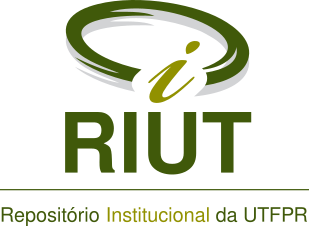Planning of the green system in Cuban human settlements
Resumo
Addressing the issues of landscape, agriculture, the green system, sustainability and its relations with urban and rural systems is an extremely complex task in itself, due to the characteristics of the development models implemented by humanity up to the present. A methodological instrument of territorial planning is proposed, contextualized in the Cuban reality, where agricultural areas are considered an important part of urban and peri-urban greening. This isbased on the principles of landscape ecology. The current urban and peri-urban agricultural development strategy is assumed by the territorial order as a process, which can transform the traditional urban model of Cuban cities and relations with their territories (city-countryside relationship); in parallel, agriculture takes on a multifunctional character in itself from the processes of urban and peri-urban agricultural transformation. From this perspective, it contributes to an edge for a sustainable city model, based on the ecosystem integration between urban and rural areas, built upon a local development that enables the protection of the territory.
Palavras-chave
Texto completo:
PDF (English)DOI: 10.3895/rbpd.v7n5.9061
Apontamentos
- Não há apontamentos.

Esta obra está licenciada sob uma licença Creative Commons Atribuição 4.0 Internacional.





